The memorial service was held on a hill from which you were able to view the waters on which the sea battle had been fought in 1905. When I got off the bus on the hill, two memorials caught my eye. One was for the victims of the battle and another was for joy at the conclusion of the war between Japan and Russia. People are taking care of both monuments with all their prayers "No more war". Take a look at the following picture of a relief. Two figures, carved in a relief on the stone wall, are shaking hands. One in bed is Zinovij Petrovich Rozhestvenskij, the Russian commander of the second and third Pacific Fleet, which are widely called the "Baltic Fleet" in Japan. The one who visits him in hospital is Japanese Admiral, Heihachirou Togo. Four flags; national flags of Japan and Russia, Japan's naval ensign, and the Z flag were ready in both sides of the relief.
I had a little time before the start of the ceremony, so I took a walk to the edge of the hill. According to a signboard which I found there, lots of Russians who had evacuated onto the sea from their military vessels apparently scaled up to the point where I was. They seemed to want to avoid contact with the local Japanese people, but the local people who found them took heartfelt care of them. I wrote about a well, water from which was used for their care in the previous entries. I noticed that two buses stopped at a beach in the distance. They looked like tour buses for Koreans. Tourists were playing light-heartedly on the edge of the surf, which would be clearer than those of Pusan.
Would they know the importance of this day? If Korea was a decent country, Japan didn't need to fight the Japanese-Russo War and lots of soldiers from both countries could keep their lives. If Japan had been beaten in the war, Korea would not exist today and Japan would have become a Russian colony. I admire the Japanese of the day who kept my country alive and independent.
(Vocabulary)
Zinovij Petrovich Rozhestvenskij ロジェストヴェンスキー バルチック艦隊の司令官
ロシア第2,第3太平洋艦隊は日本ではバルチック艦隊と広く呼ばれている
ensign (船の国籍を示す) 旗
the Japanese-Russo War 日露戦争
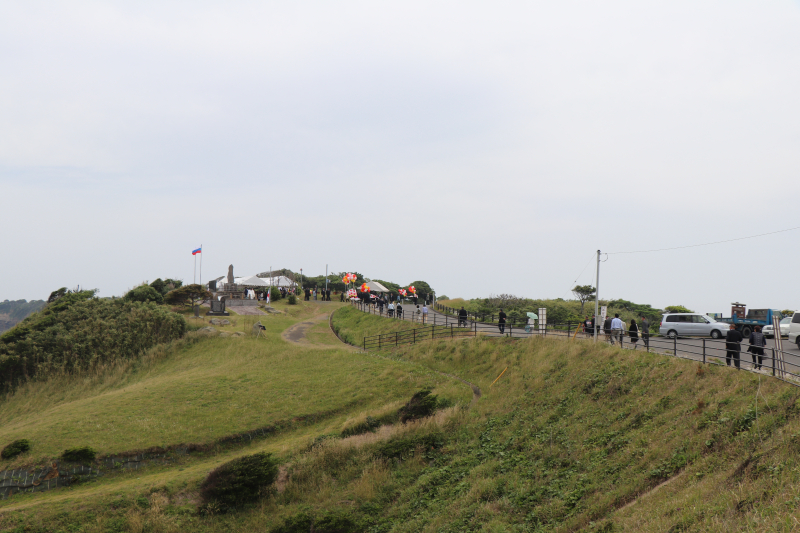
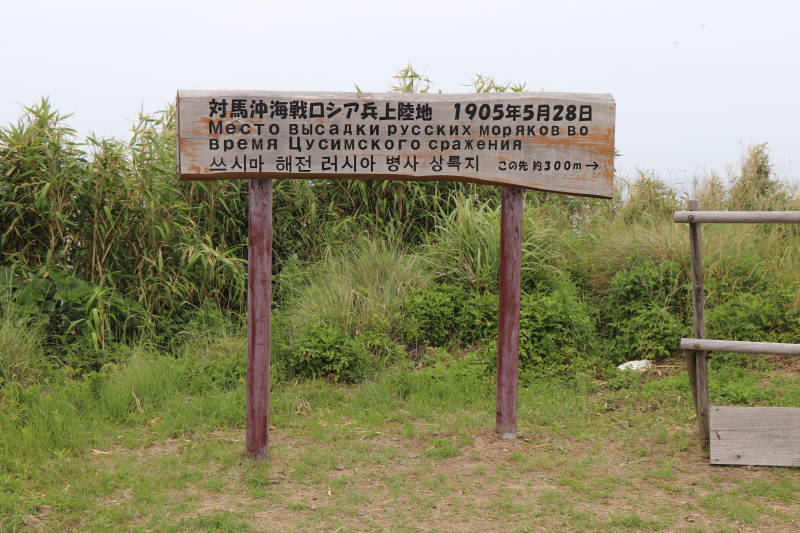
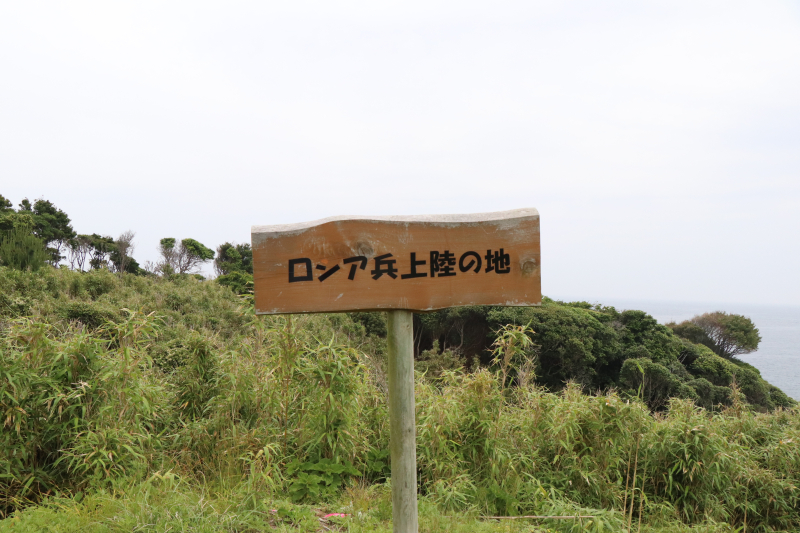
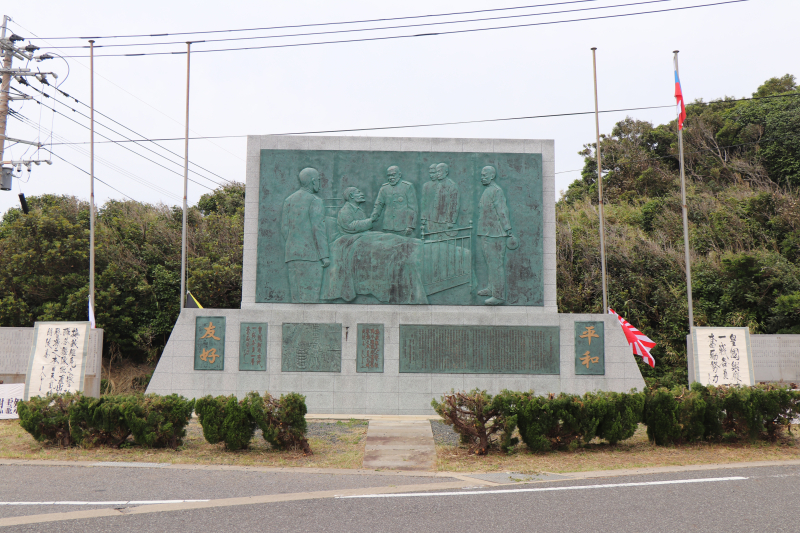
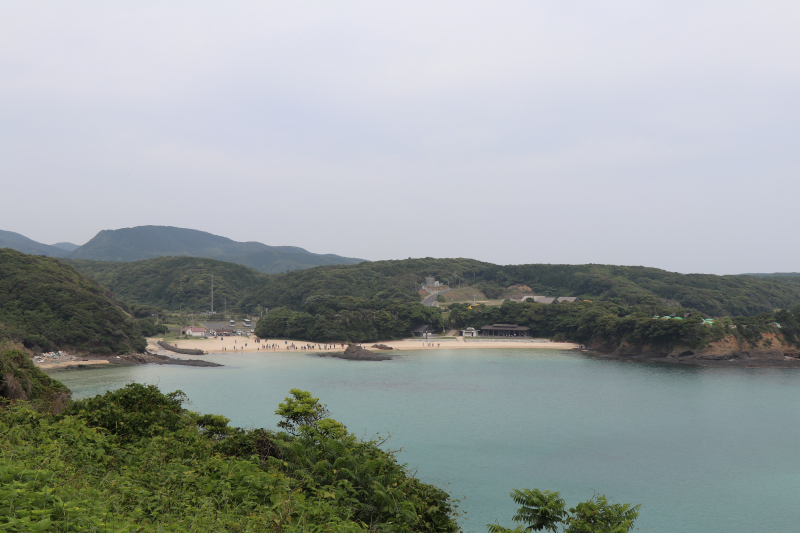
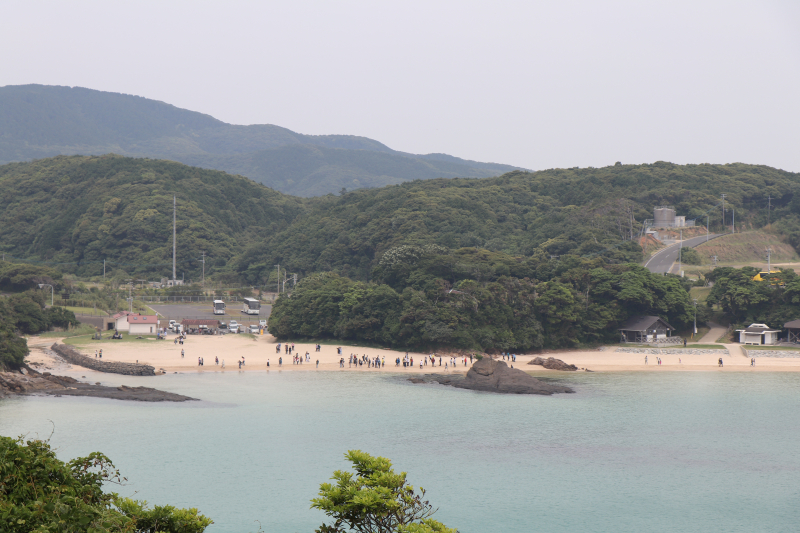
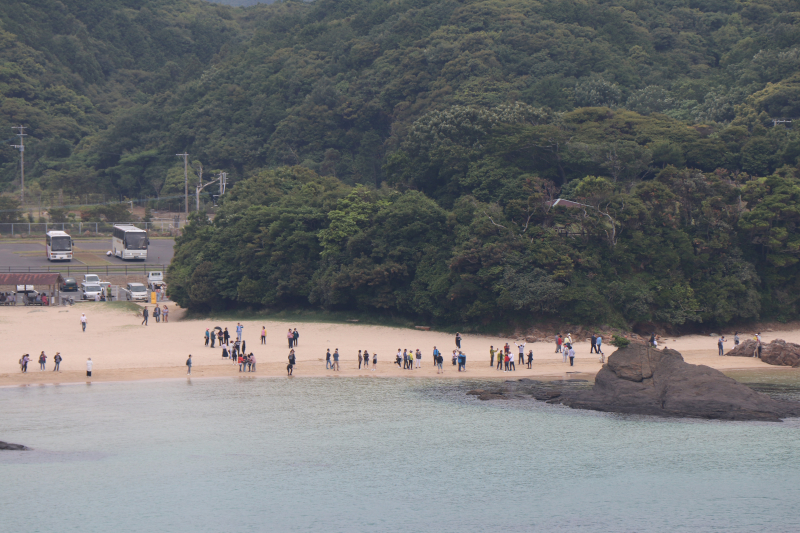
慰霊祭は戦域を見渡すことの出来る丘の上で行われる。バスを降りると、そこには戦没者の慰霊碑と共に日露両国の平和、友好を願うレリーフも建っていた。このレリーフを良く見てほしい。ベッドにいるのがロシアのバルチック艦隊の司令官ロジェストヴェンスキーで握手をしている相手が日本帝国海軍元帥東郷平八郎である。敵軍の将を礼をもって見舞っている絵である。日露の国旗、旭日旗、Z旗が準備されていた。
開式まで時間があったので丘の先端まで行ってみた。海戦で海上に逃れ生き残ったロシア兵がこの場所に上がってきたそうである。そして近くの村で手厚く介護された記録が残っている。ふと入江の方を見ると、2台の観光バスが止まり、どうやら南朝鮮人のツアーのようだ。釜山とは比べられないほど美しい海岸で呑気に遊んでいる。
彼らはこの今日という日とこの慰霊祭の意味がわかっているだろうか?朝鮮がまともな国だったら不必要な戦争であった。また、日本が負けていたら、今、朝鮮という国は消滅していただろう。また日本もまたロシアの植民地となっていたはずだ。ロシア艦隊をよくぞ撃滅してくれたものと思う。我が国を存続させてくれたことに対して当時の日本人たちに感謝せずにはおれない。
Recent Comments